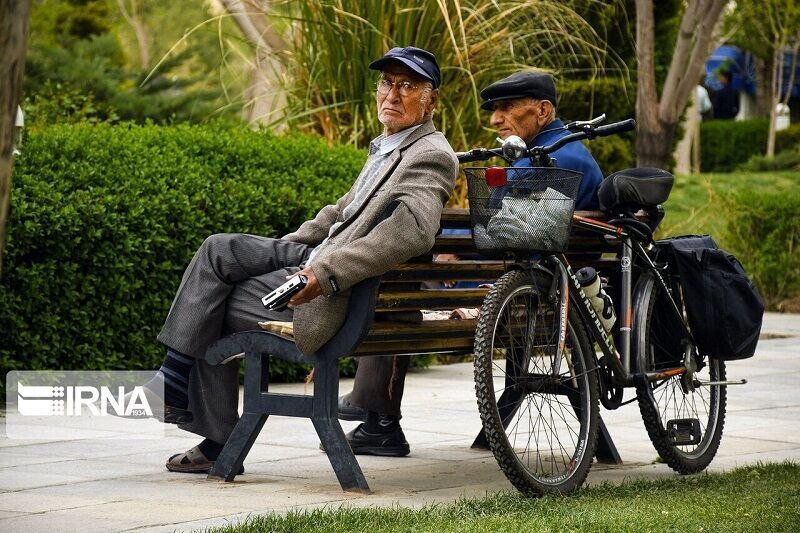Over 15 cities in Iran become age-friendly

TEHRAN –So far, 16 cities in the country have taken necessary measures to develop age-friendly communities, the head of the Welfare Organization has said.
These cities are located in Tehran, Gilan, Yazd, Isfahan, East Azarbaijan, West Azarbaijan, Lorestan, Hamedan, Khuzestan, and Bushehr provinces, IRNA quoted Seyed Javad Hosseini as saying.
Age-friendly communities are places where age is not a barrier to living well and where the environment, activities, and services support and enable older people to have opportunities to enjoy life and feel well.
Highlighting the fact that the country is aging, the official elaborated on the services provided to the elderly.
“Some 6.5 million elderly people are benefiting from various services offered by the organization. The Welfare Organization provides some 22 different kinds of services in rehabilitation, social services, and empowerment sectors, including home care, counseling, day and overnight care, and social supports.”
In October 2024, Mojgan Rezazadeh, the head of the secretariat of the National Council of the Elderly, said that the national document for creating age-friendly environments across the country has taken effect.
“The world’s population, especially in developing countries, is growing old, and Iran is no exception. The percentage of the elderly population in the country has increased from five percent in 1976 to about 10.5 percent, reaching around 9 million people,” IRNA quoted Rezazadeh as saying.
The document works towards improving physical and social environments to become better places for the elderly.
It is compiled in three parts: Principles of indicators and criteria of the strategic plan of an age-friendly city, holding workshops on how to prepare a strategic document for an age-friendly city, and planning indicators for an age-friendly city.
In addition to its eight main domains, traveling and tours for the elderly are going to be added to the plan.
The age-friendly environment has eight main domains, including transportation, social participation, civic participation, and employment, respect and social inclusion, housing, communication, and information.
Each province should develop a strategic provincial document based on their environment, and implement the program with the cooperation of the member institutions and the strong participation of municipalities and governor-general offices in each city, Rezazadeh stated.
MT/MG
Leave a Comment